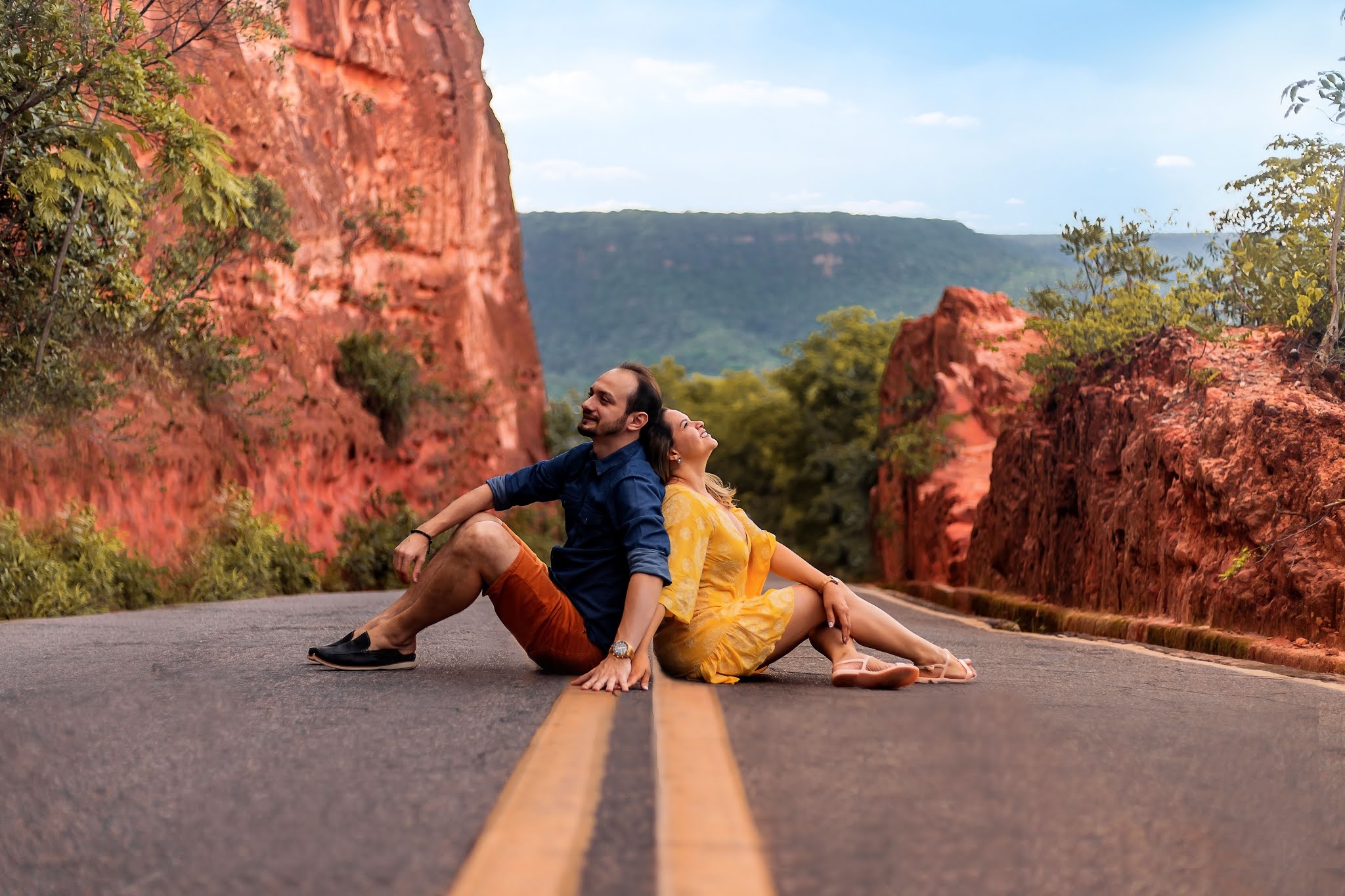RIO DE JANEIRO, BRAZIL – Would you like to learn a little more about the history and culture of Brazil? In this post, we will look at 5 destinations, not so well known to most, that will give you the history and cultural aspects of our people and the history of this incredible country.
CHAPADA DO ARARIPE – PERNAMBUCO/CEARÁ
This is certainly one of the Chapada less known by Brazilians, which holds countless treasures that no other place has. Located between Ceará, Pernambuco, and Piauí, Araripe is full of secrets and discoveries.
The plateau region includes several tourist destinations and is rich in Brazilian culture and history, mixing paleontological sites with current stories. In total, there are 9 geological and paleontological sites, all integrated into the Araripe Geopark.
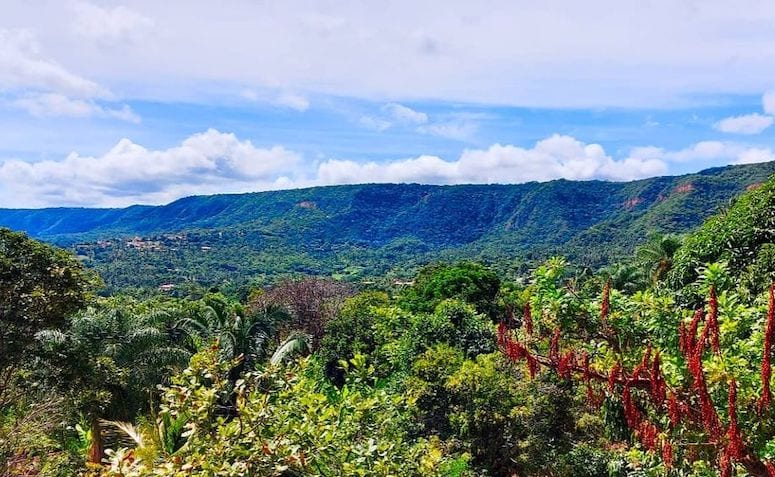
For example, the Cariri Petrified Forest Geosite and the Pterosaurs Park Geosite, and yes, it is possible to visit each site and learn more about Brazilian paleontology and the history of our planet. Also, the region is the birthplace of the fossil of the oldest flower in Brazil.
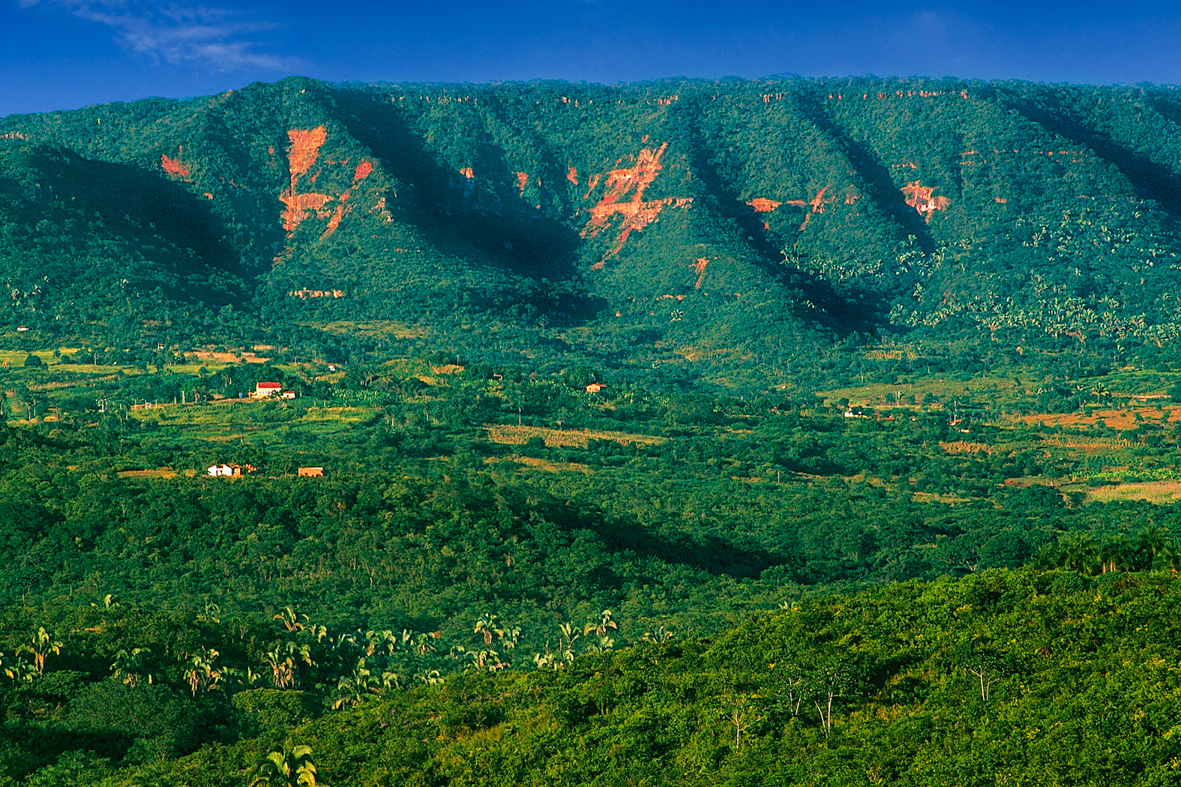
In addition to all this wealth, the region is also the birthplace of two well-known personalities among Brazilians.
The first is Father Cícero, also affectionately known as Padim Ciço. Born in Crato, he became famous for his story in Juazeiro. Colina do Horto is dedicated to the priest and houses a huge statue in his honor, 27 meters high.
The Living Museum of Padre Cícero, the Church of Senhor Bom Jesus do Horto, and the access path to Santo Sepulcro, where one of Padre Cícero’s blessed is buried, is also located in this site.
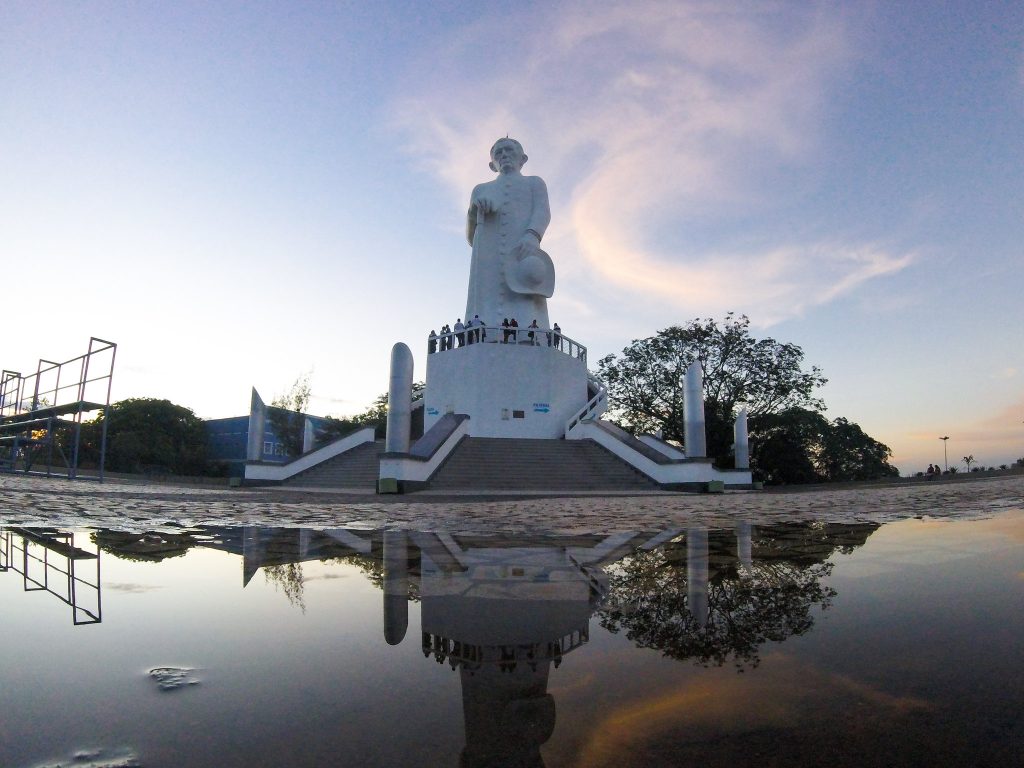
The second famous personality is Luiz Gonzaga, the King of the Baião! He was born in Exu in the Chapada region, which also houses the Gonzagão Museum, the largest collection of original pieces of the musician. It is also worth a visit!

Travel time: the rainy season between March and April is the best time to enjoy the full waterfalls. But if you are looking for more culture and history, the whole year is a good choice!
Getting there: The closest airport is Juazeiro do Norte, the main starting point for visiting the region.

DIAMANTINA – MINAS GERAIS
Diamantina has been recognized by Unesco as a World Cultural and Historical Heritage Site and is one of the destinations that appeal to different types of travelers with its rich history, culture, and natural beauty. The city enchants at first sight with its beautiful architecture from the Portuguese colonial period.
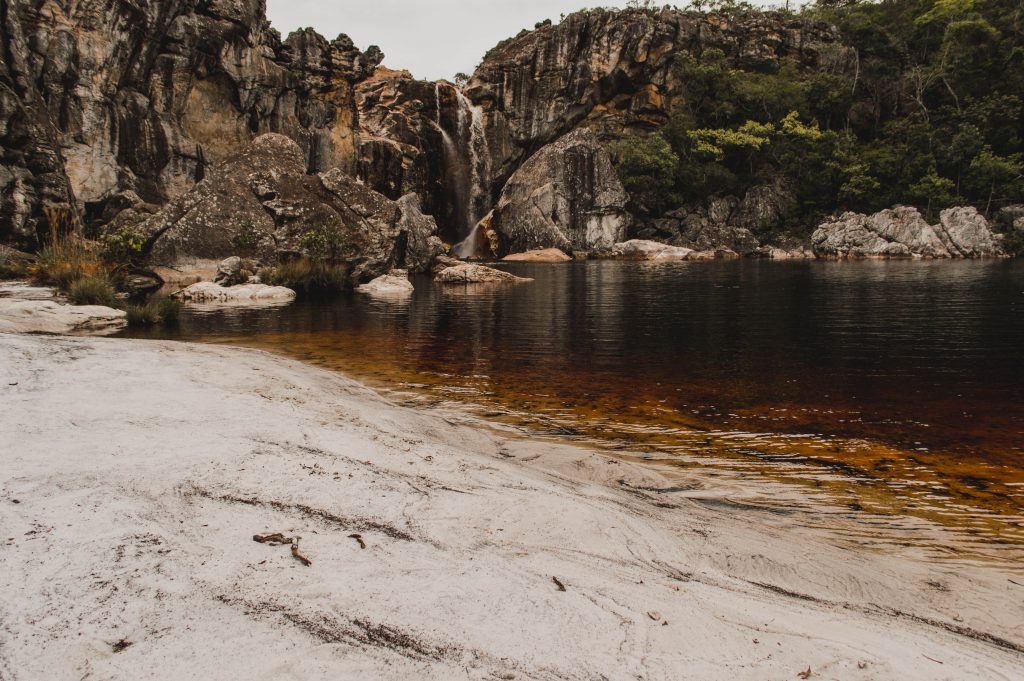
The cobblestone streets, colonial mansions, and churches transport you to another time and make you feel like you are in a historical movie. And if you have déjà vu when you’re there, don’t worry, it’s not a bug in the matrix is just a memory of what you’ve seen on the small screen or the big screen, several productions have used Diamantina as a backdrop.
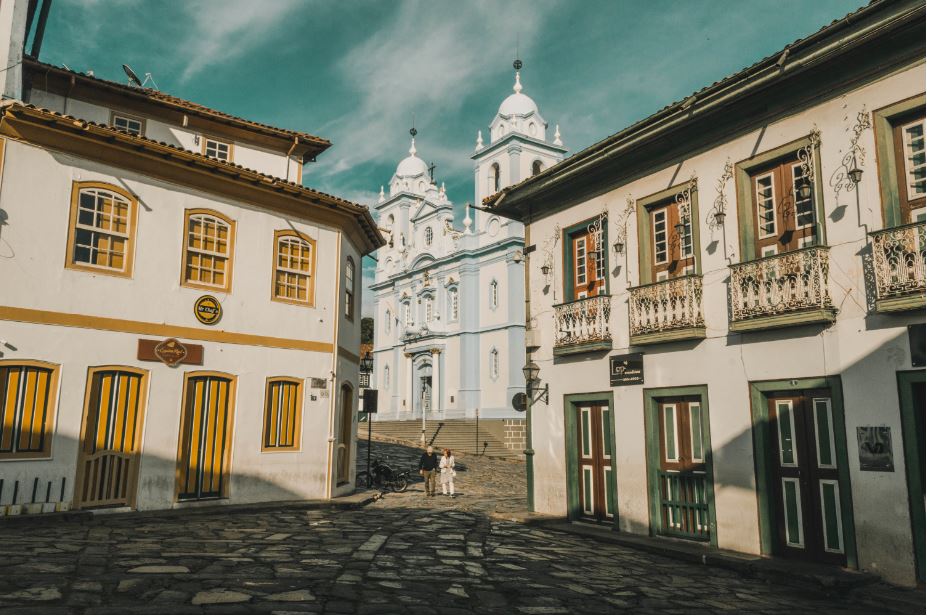
The name of the city is not by chance. It used to be called Arraial do Tijuco but was renamed Diamantina when people began to explore for diamonds in the region. This period of exploitation, unfortunately not only of the locals but also of the slaves coming from Africa, produces our first historical figure of the city.
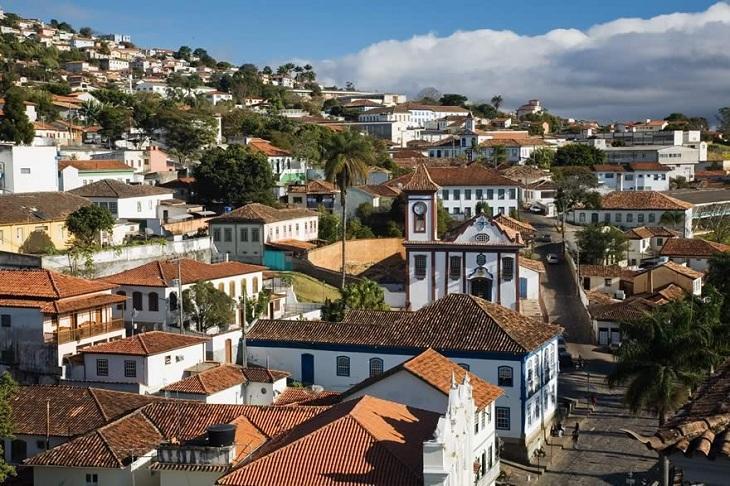
The famous Chica da Silva, a freed slave who had an affair with one of the richest men in Brazil at the time.
Perhaps the most famous figure in Diamantina is Juscelino Kubitschek, born in the city in 1902. The house where Juscelino lived as a child now serves as a museum with a collection of his and Brazil’s history.
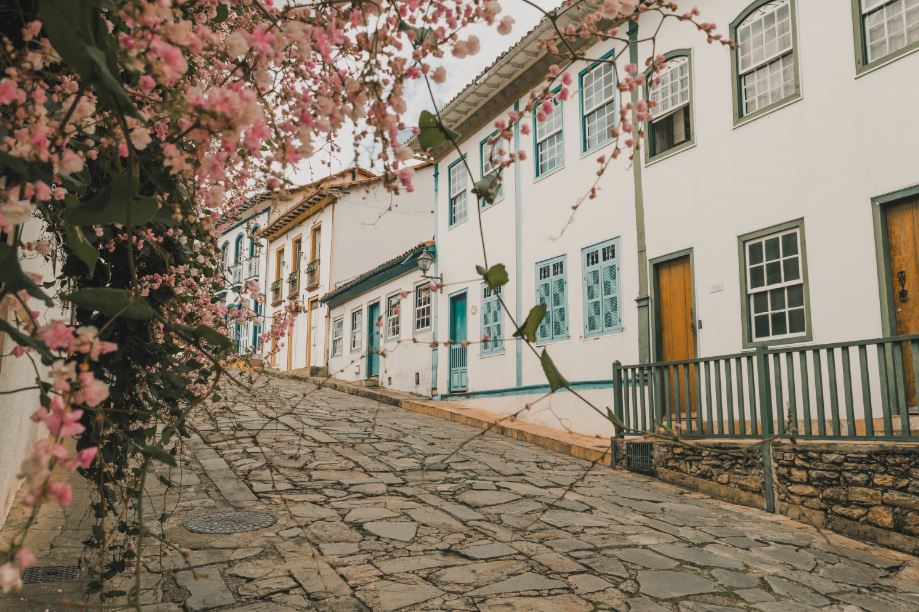
Near the city is Biribiri State Park, with beautiful natural pools and waterfalls. It’s worth a visit and even an incentive to make that crush that isn’t a fan of history and culture happier! How about enjoying all this history while taking a nice bath in a waterfall?
Travel time: between April and October, when it rains less, and the weather is drier. If you want to make the trip and enjoy the state park, you should go at the beginning of the dry season.
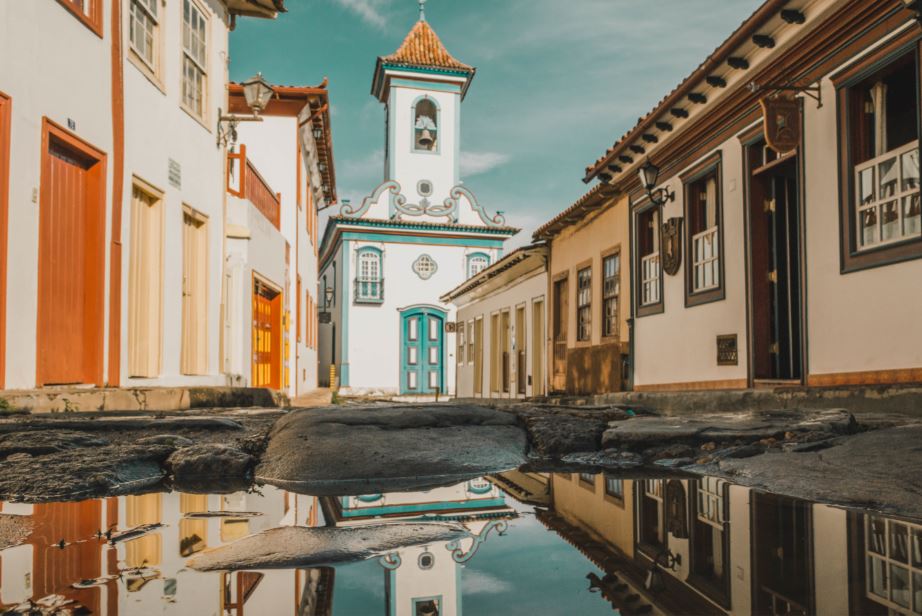
Where it is located: about 300 km from Belo Horizonte.
PIRANHAS – ALAGOAS
Located on the banks of the São Francisco River, Piranhas is in the interior of Alagoas and borders Sergipe. Its history dates back to a very controversial period between the romanticization and the trivialization of one of the most famous groups of our country, the “Cangaceiros”.
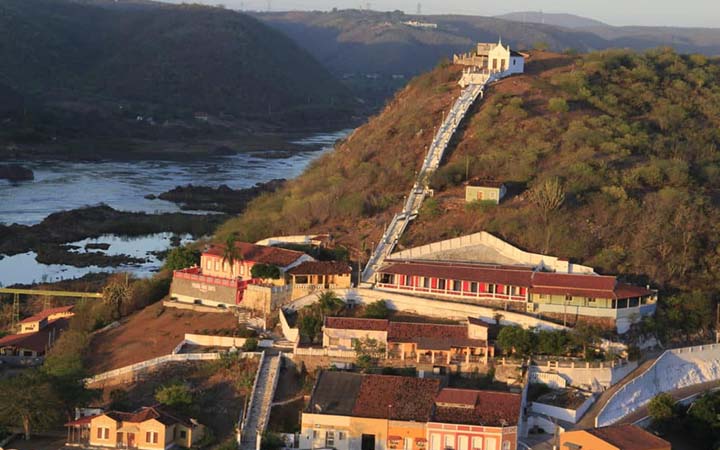
The tragic end of the group led by Lampião and Maria Bonita was revealed in the city, among other stories, during the gang’s existence. Lampião, who connects two goals of this article, also went to Juazeiro to meet Padim Ciço.
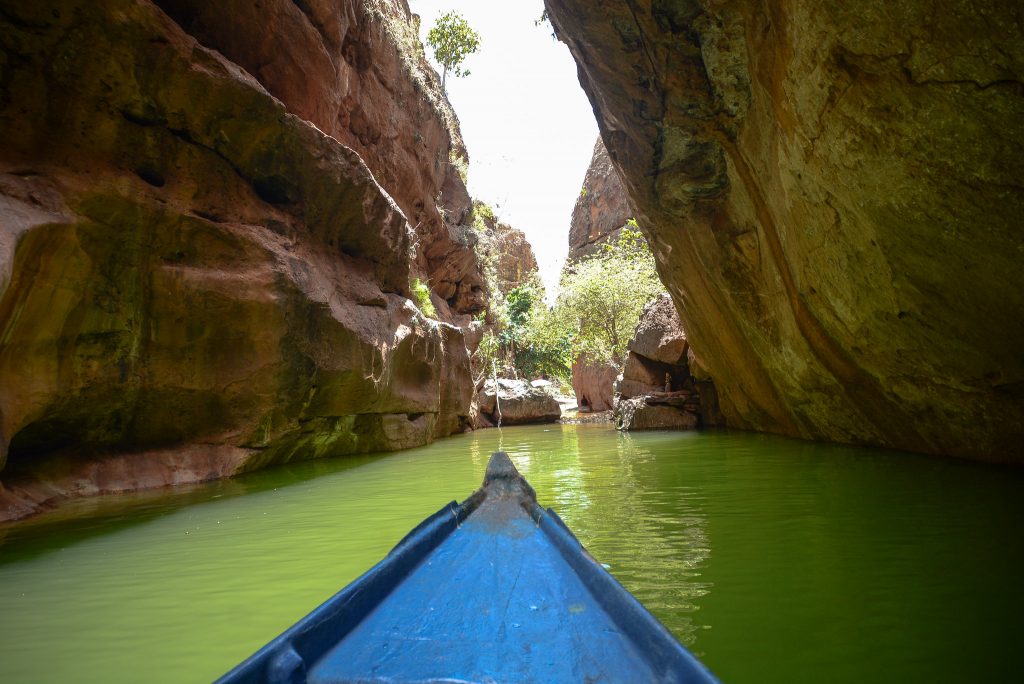
Many stories came out of that meeting and the relationship that developed. But let’s leave those stories for later and return to the piranhas.
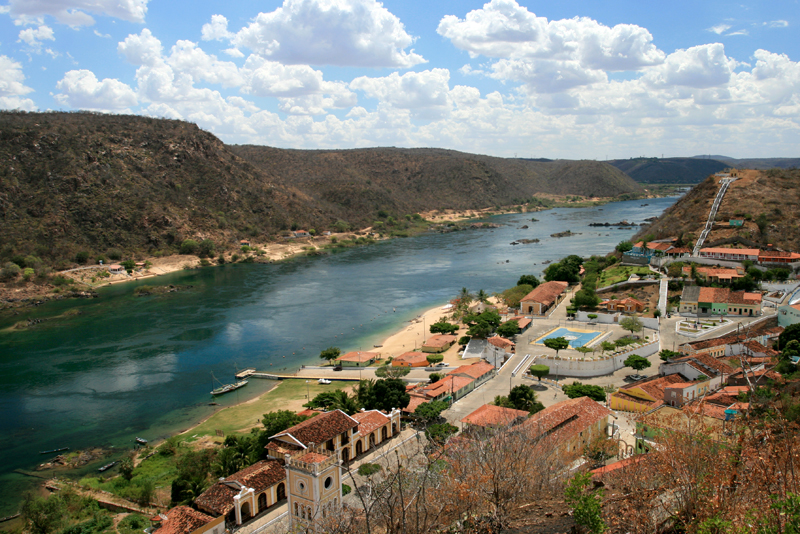
Speaking of Lampião, a visit to the Museu do Sertão, also known as Museu do Cangaço, is, of course, a must! An indispensable opportunity to learn more about the history of Lampião and its gang and to be enchanted by the landscapes of the São Francisco River. There is also the possibility to take a catamaran tour on the Cangaço route.
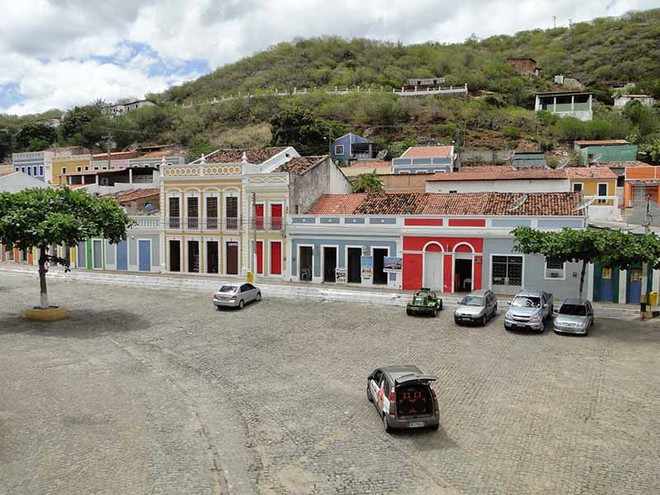
You must go to Piranhas and visit the canyons of São Francisco with all their beauty. Also, visit the Xingó Power Plant and its importance for the region.
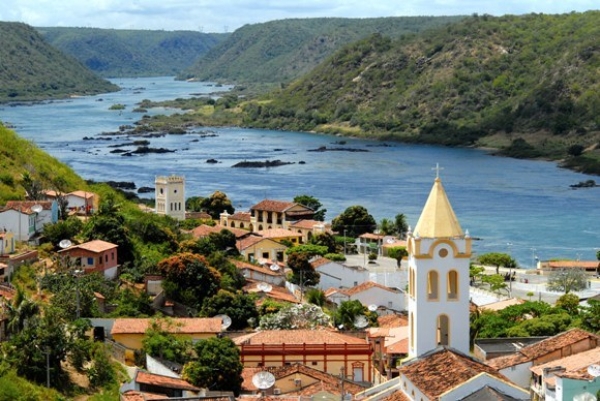
Finally, drift through the historical center to admire the architectural beauty and charm of the city. It is another destination that will transport you to another time.
Travel time: Piranhas can be very hot in summer, reaching up to 40º. Therefore, we recommend avoiding the summer to avoid scalding your head.

Directions: From Aracaju, it is 215 km to Piranhas. From Maceió, it is 267 km.
GOIÁS VELHO – GOIÁS
Goiás, known as Goiás Velho, was named so because it was the former capital of Goiás. It is another destination in Brazil that recalls the colonial era and is recognized by Unesco as a World Historical Heritage Site.
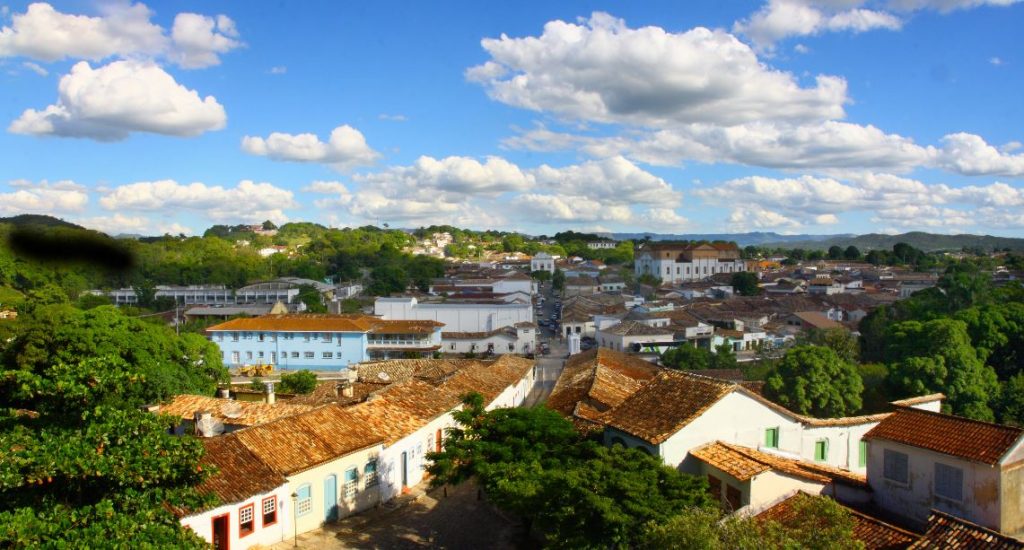
With its cobblestone streets and colonial architecture, the city exudes all its charm in every little house and church. Friendly Goiás takes us back to times gone by, which become even more vivid as night falls and the yellow lights of another era come on.
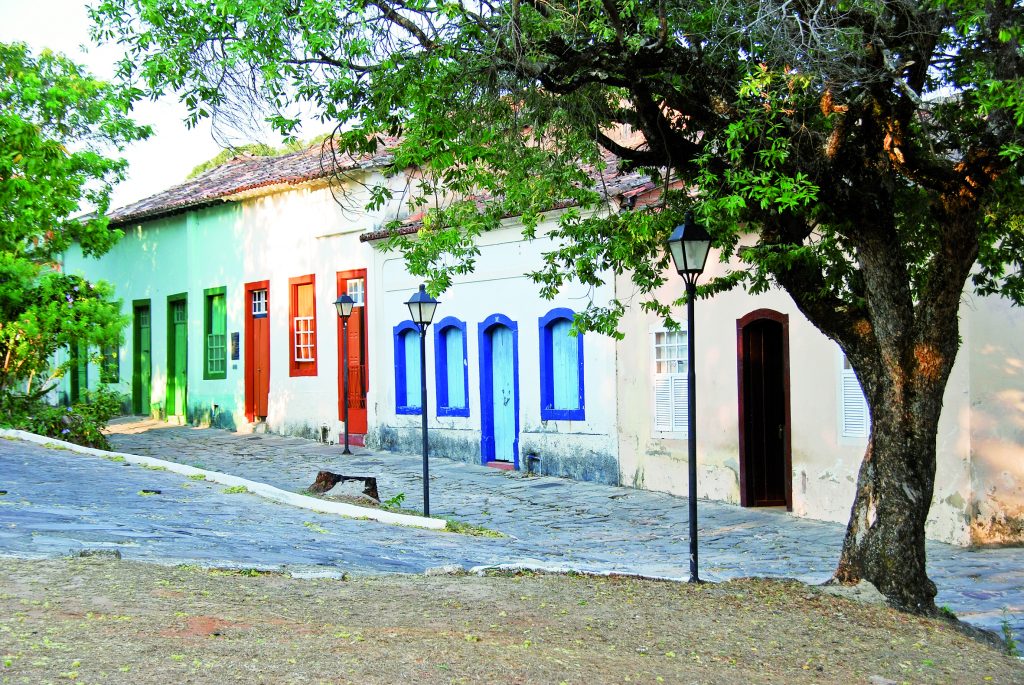
To visit Goiás Velho and not go to the house of Cora Coralina is a waste of culture. One of our country’s greatest poets is from there, and in the “old bridge house,” her family’s mansion made so famous by her poems, there is a charming museum, inside and out. Like the Bandeiras Museum, a former prison and parliament building.
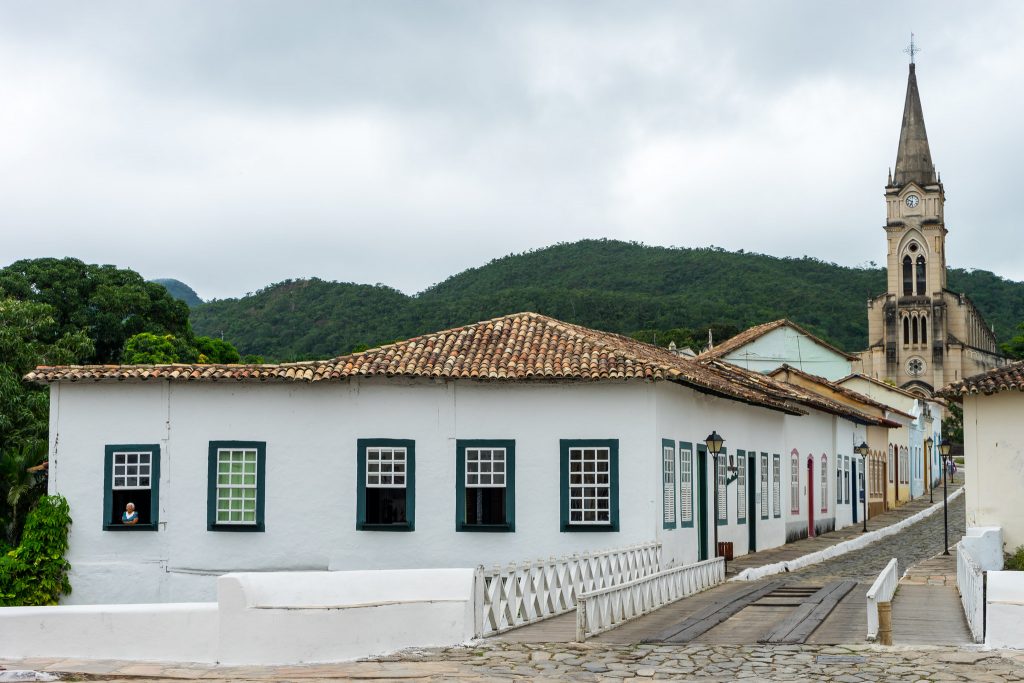
Today it houses weapons, clothing, sacred art, documents, mining tools, and other historical items. In addition, there are also natural attractions and beauties for those who like to be in nature! In short, there are many beautiful things to see in this city from other times.
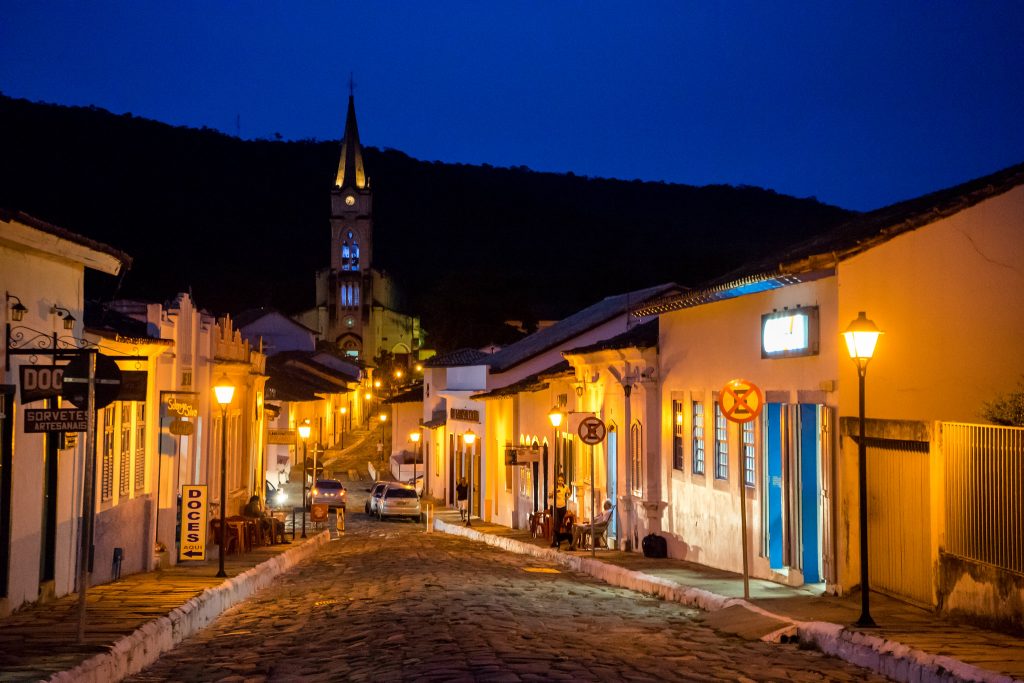
Travel time: avoid summer, as it rains heavily during this time, and there can even be flooding. Go from May to September.
Where: The nearest airport is Goiânia, 142 km away.
SANTA CRUZ CABRÁLIA – BAHIA
Santa Cruz Cabrália takes us back to the time of the arrival of the Portuguese in what would later become Brazil and is located on what is known as the “Discovery Coast.” Speaking of the coast, culture and history also go hand in hand with the beach, especially the part of our beautiful northeast.
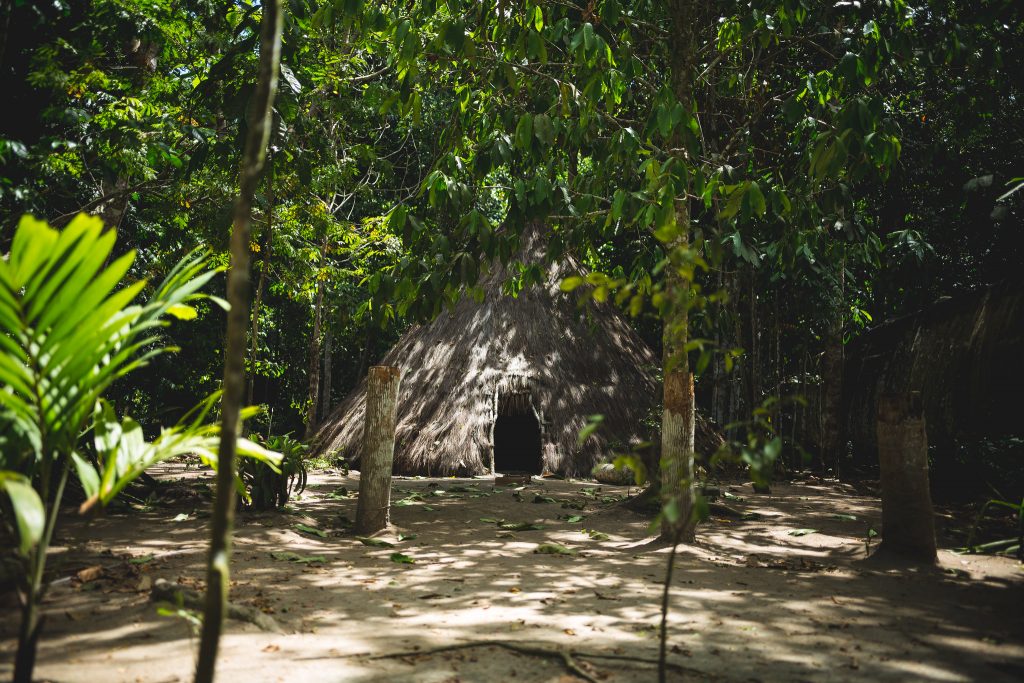
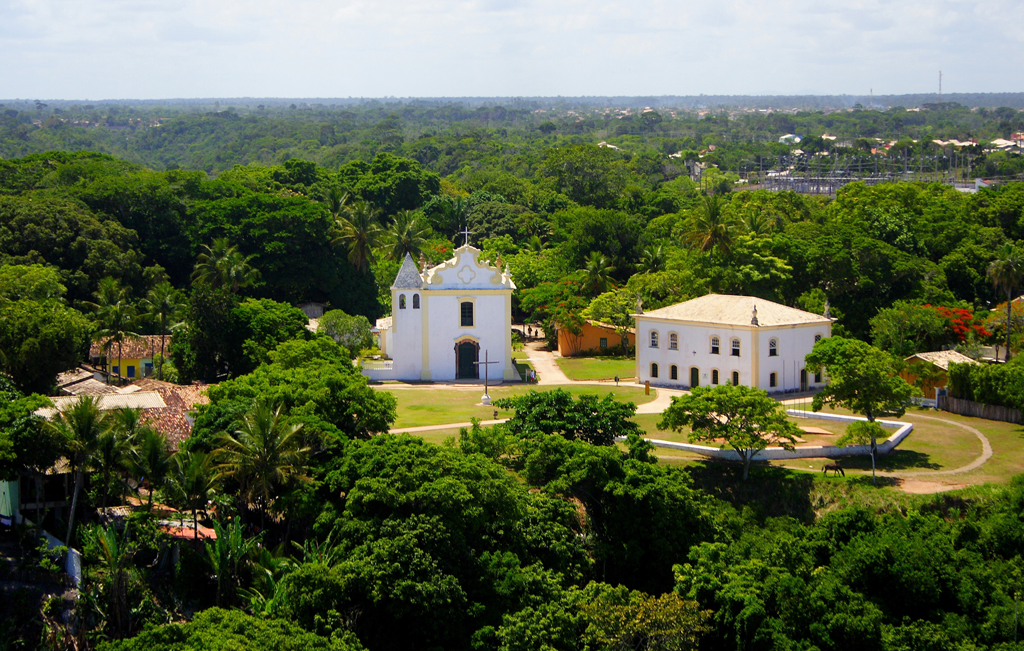
Quieter than neighboring Porto Seguro, Santa Cruz Cabrália – just 23 kilometers from Porto – has much to offer tourists. It was here that the first fair in Brazil was held in 1500 – a symbolic cross marks the spot on the beach of Coroa Vermelha – and the landscape is typical of southern Bahia and the Discovery Coast, framed by a sea of crystal-clear water protected by reefs and Atlantic forest vegetation.
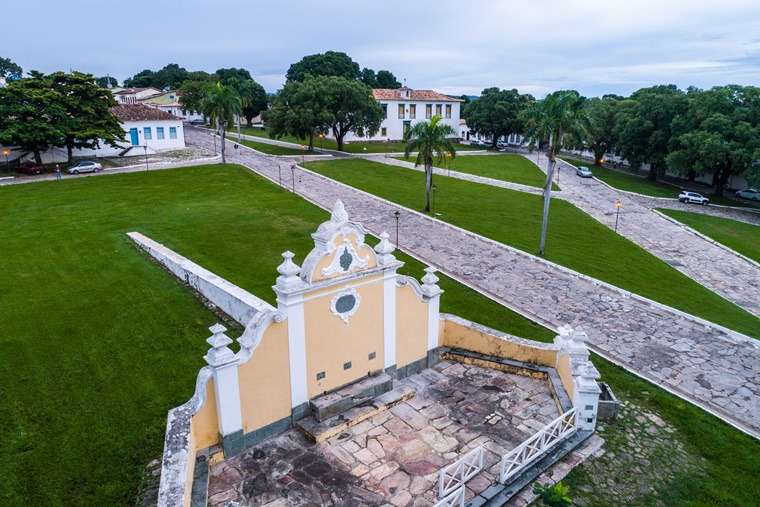
One of the most beautiful tours in the region is the boat trip, visiting pristine places such as the beaches of the village of Santo André and the coral reefs of Coroa Alta.
The cultural attractions also contribute to the recognition that the region so deserves. In the upper part is the Historic City, a square with buildings from the 17th and 18th centuries and a viewpoint that reveals all the natural beauty of the surroundings.
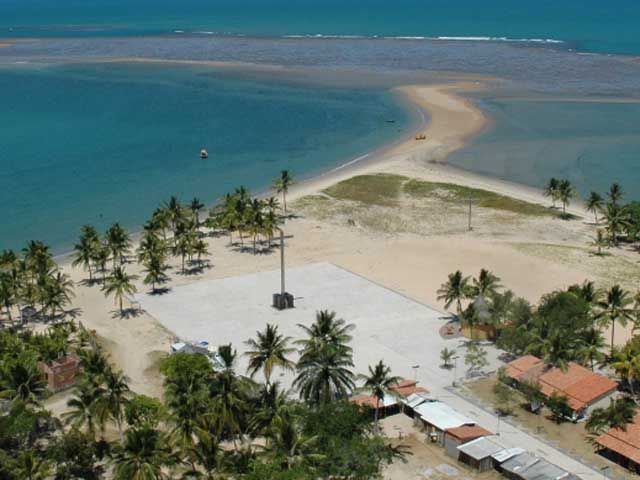
By the sea, the customs and creativity of the Pataxó Indians are given an exclusive space – in the Indigenous Monument on Coroa Vermelha beach, there are handicraft stores with colorful costume jewelry, utensils, and decorative pieces, as well as a small museum.
The easiest way to get there is through Porto Seguro Airport, just 25 km away. And of course, you can combine Santa Cruz de Cabrália with a visit to Porto Seguro and Arraial D’Ajuda, other wonderful destinations.
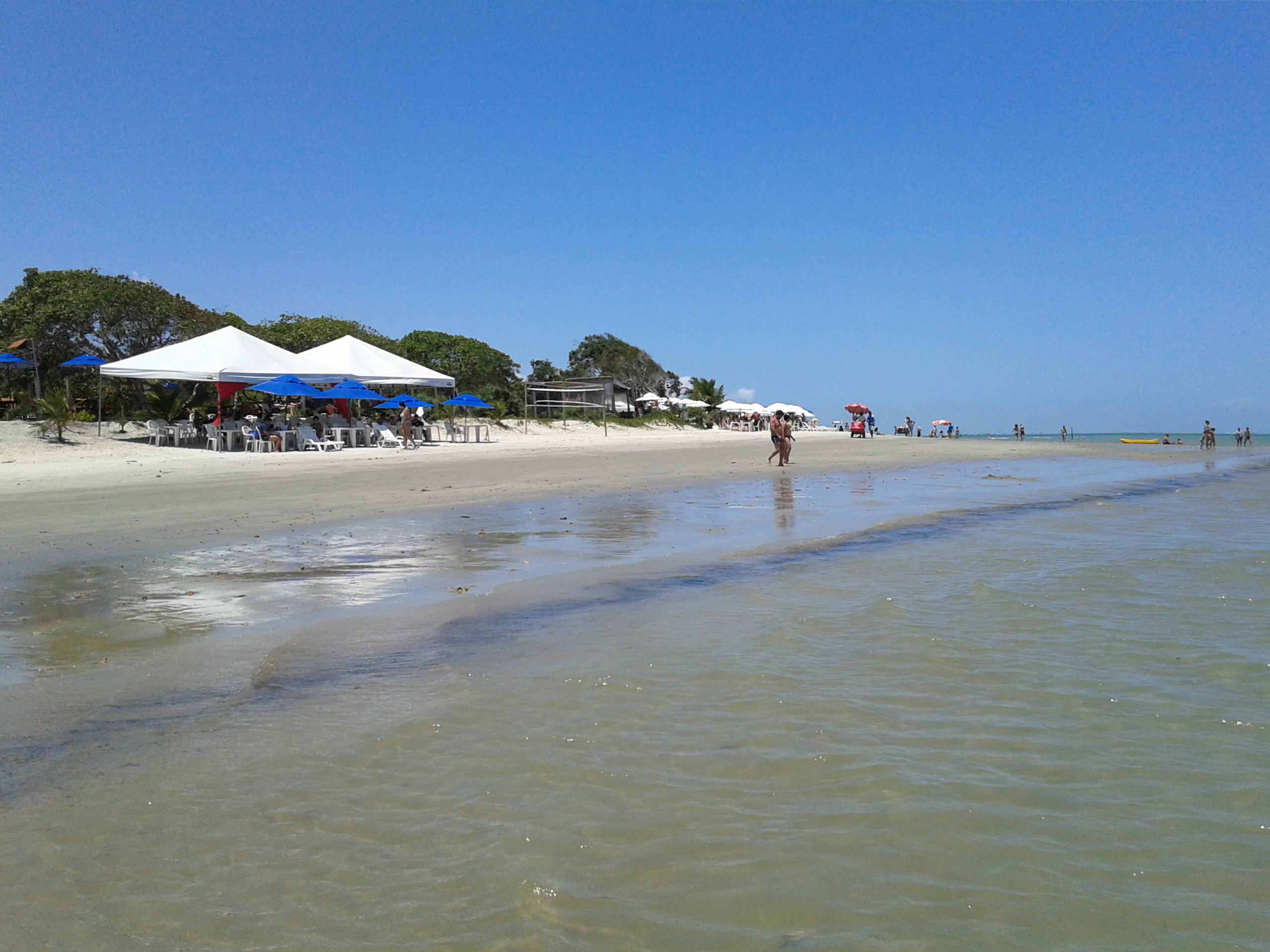
The region has a great weight in our history, with the dispute of which city was the first where Cabral landed, no one knows for sure the place. From the records, Cabrália has certainly held the first two fairs in Brazil.


